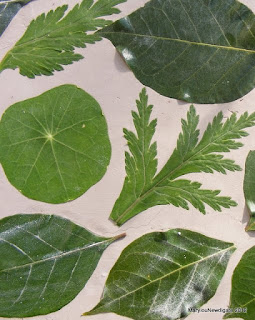I really should update this blog more often. I only like to do that when I actually have something new to show- but I have no new mosaic projects for a good few reasons. It is winter, it is cold and my enthusiasm levels are low.
I would like to start a new range of really small ceramic things- buttons, inserts, miniature art. The Knysna Pottery House is going full steam ahead, with many projects and commissions and a new pottery teacher on the team. I am temporarily without transport, so am stuck at home for a bit.
My grown up sons have left home, I still have my kiln and slab roller at home, all I need is some clay, Plaster of Paris for the moulds, and some enthusiasm. And of course a market to buy the new range.
I have been decorating ceramics- doing quite a lot of houses and landscapes on buildings, painted on large platters and I have enjoyed that for a while. I discovered I can do a good portrait as well. But who on earth would want a portrait of themselves on a tile or a plate- except the Queen of England maybe?
Recently a SA artist became famous overnight because he did an "artwork" depicting our president with his rude parts exposed. Oh- the hoo ha that created. Maybe I should do an artwork of Prez. Zuma and his multiple wives and children, grandchildren- - also shocking in some way- and get free publicity? Ha ha! No way- you have to be absolutely crazy to attract that kind of hate and negative media attention from all the verkrampte (conservatives) in this country. I am certain the artist got a few death threats. Please note- I have not named the artist or the artwork- as it deserves no more attention.
So here are a few of my ceramic plates.
 |
| Noetzie beach, Knysna |
 |
| Palm trees |
 |
| Thesen House, Knysna |
 |
| 2 large carved vases and a white mosaic mirror by Ruth |
 |
| Some old houses in Knysna. |





















